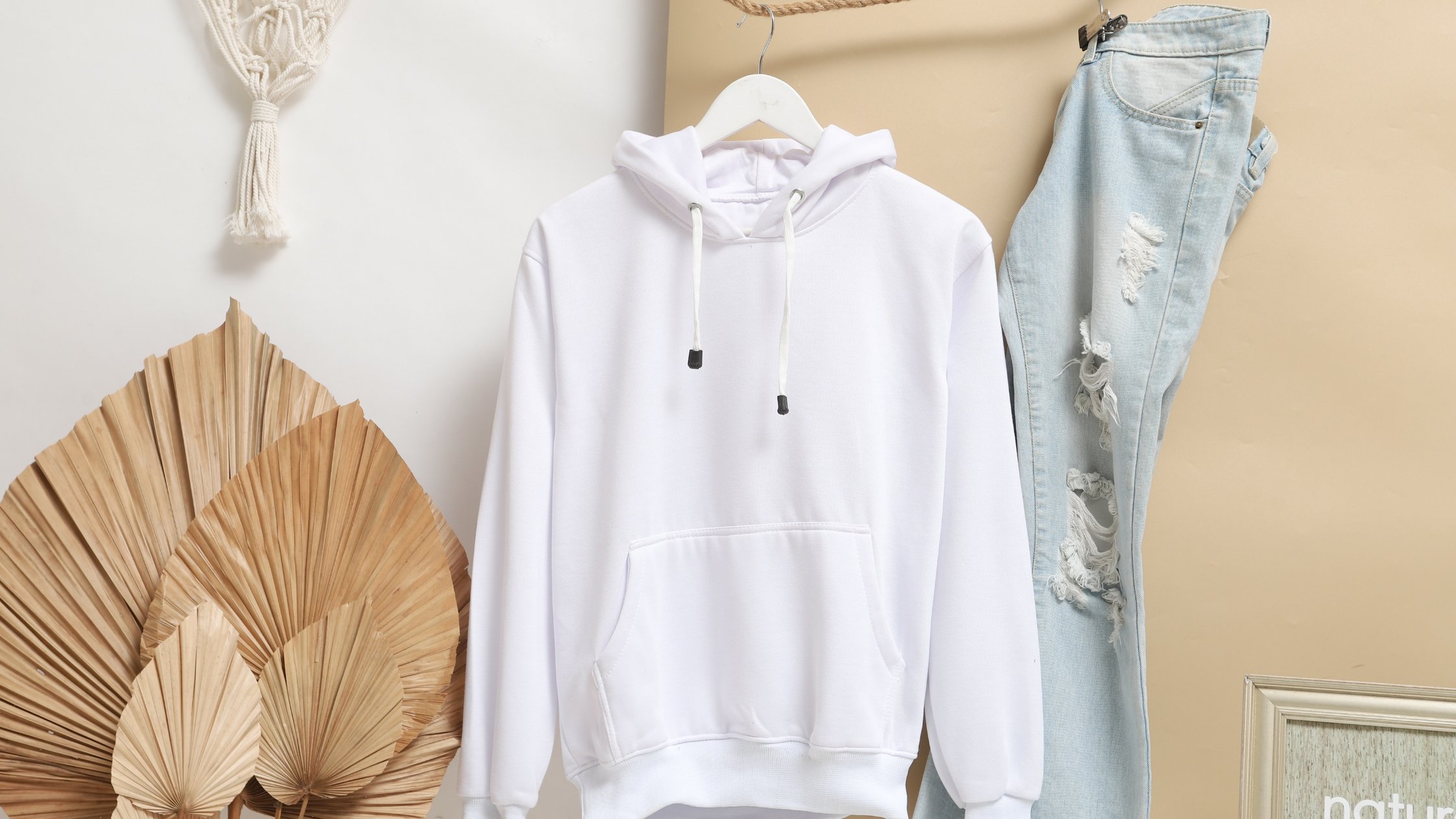What is Print on Demand?
Print on demand is an order fulfillment model where items are printed as they are ordered.. Many print on demand companies don’t have minimum order requirements.
How it Works
Once an order is placed, the platform you use sends it directly to the nearest fulfillment center and ships the items out to your customers. Dropshipping time depends on fulfillment time and the shipping provider.
Print on Demand Products
Print on demand can be used for any of the following custom products:
|
T-shirts |
Hoodies |
Mugs |
Towels |
Phone cases |
|
Notebooks |
Stickers |
Bags |
Posters |
Shoes |
|
Pants |
Jackets |
Blankets |
Pillows |
Jewelry |
|
Watches |
Wall Art |
Bags |
Water Bottles |
Face Masks |
The term print on demand is also used in self-publishing. The process is similar, but we’re focusing on merchandise right now.

Uses for Print on Demand Services
Print on demand services are great for entrepreneurs. Some particularly good uses for it include
- Testing a business idea or new product without the risk of buying inventory
- Monetizing your audience by selling merch
- Creating original products for niche markets
- Print small batches or limited edition products
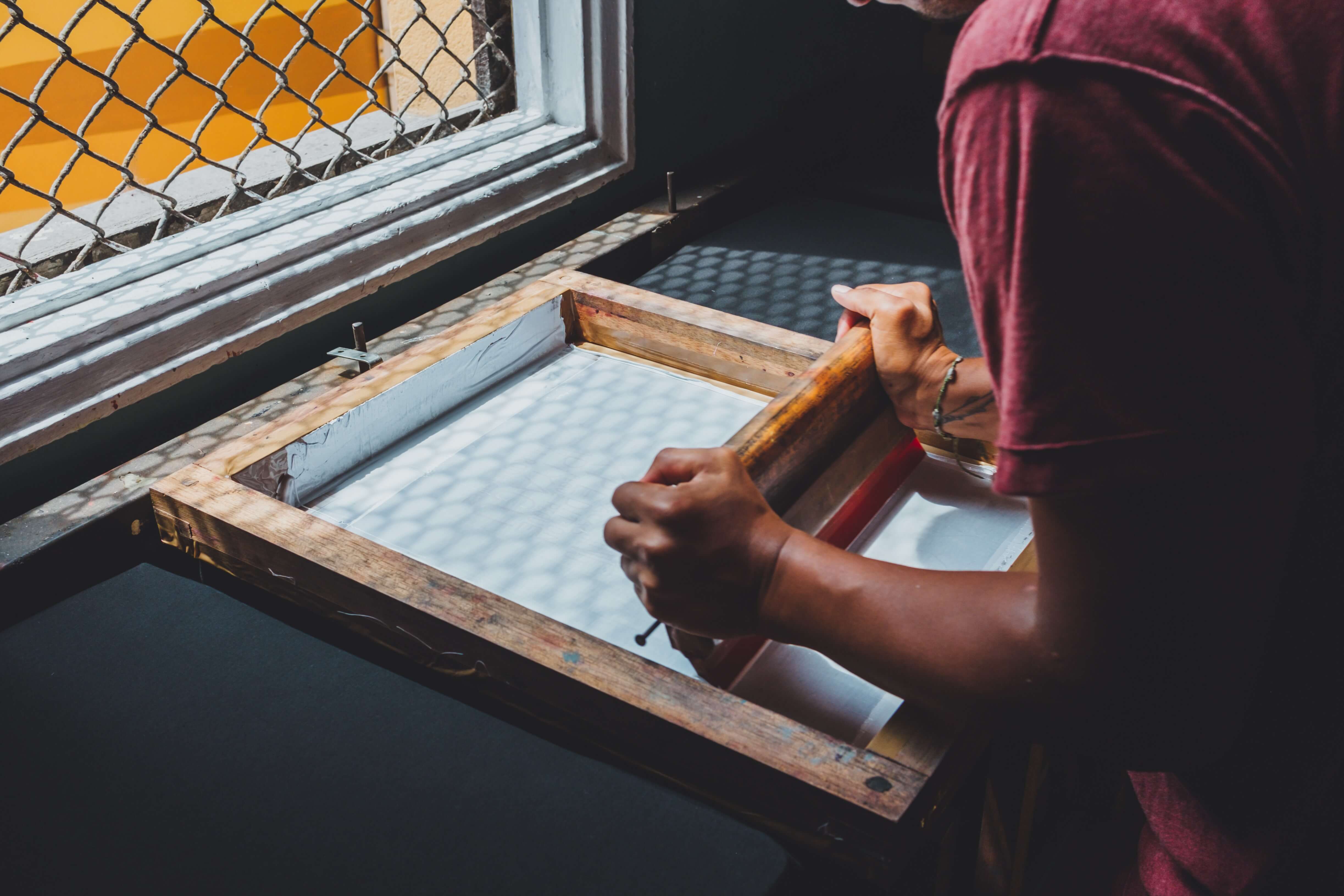
Pros and Cons of Print on Demand for Ecommerce
Print on demand is one of the most accessible ways to start an online business selling products. However, it doesn’t meet every business need. Here are a few pros and cons to keep in mind before you start selling.
Pros
- Create products quickly
- Shipping orders is taken care of
- Low investment, lower risk
Cons
- Lower profit margins
- Less control over shipping
- Limited products

The Best Print on Demand Services
1. Printful
Printful is a popular print on demand site for clothing because they have a wide selection of high-quality products and brands. They also offer multiple clothing printing techniques including direct to garment, cut and sew, and embroidery. Their mockup generator is another popular feature.

2. Printify
Printify is a popular print on demand supplier because they offer some white label products like jewelry, water bottles, and clocks. It has free and premium membership options. The premium membership costs $29 per month and gives users 20% off all products. It’s worth considering to improve your profit margins.
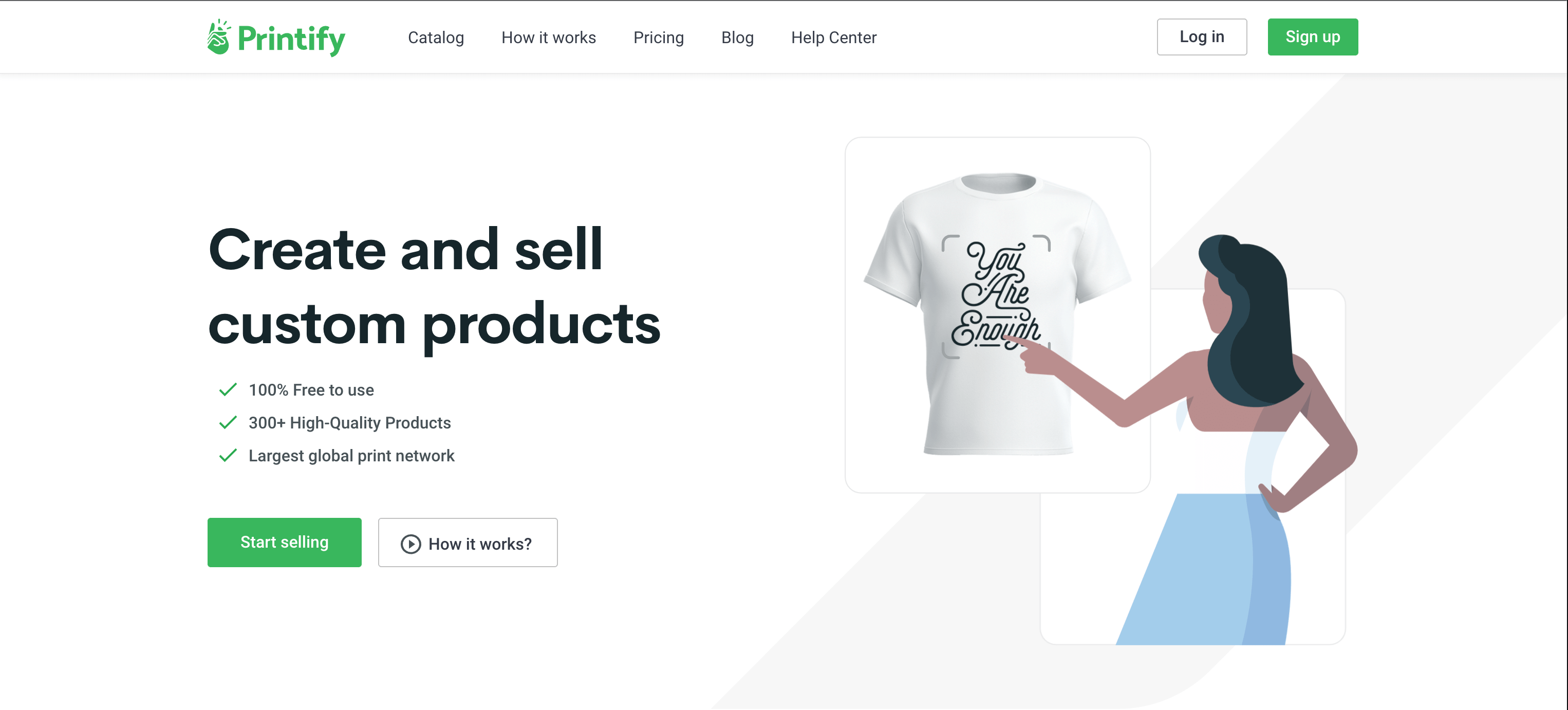
3. SPOD
With their two day turnaround time and shipping calculator, SPOD is a great choice if speed is your priority. They don’t skimp on variety either. They offer over 100 product options and five printing options.
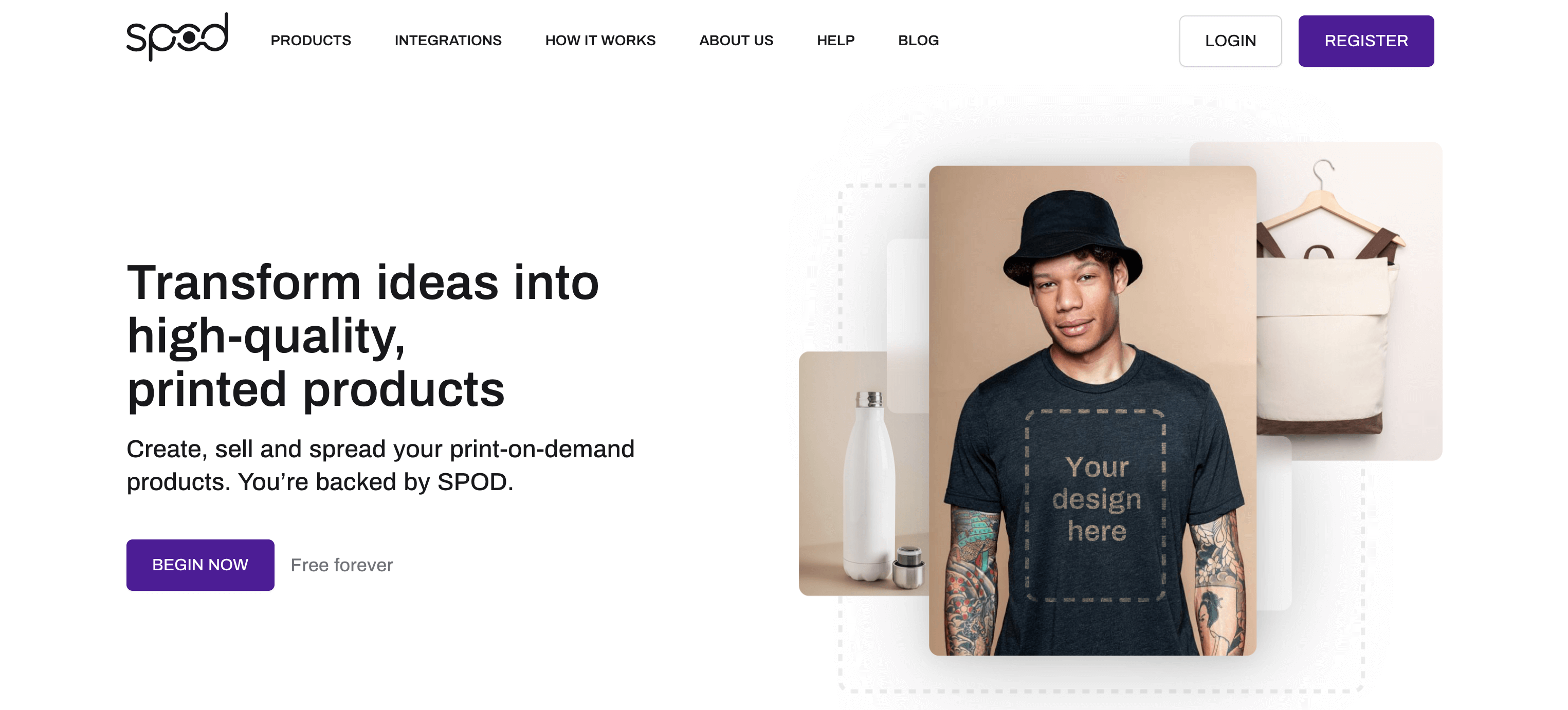
4. T-Pop
France-based T-Pop is the most popular print on demand company in Europe. They’re also known for their environmentally friendly practices including plastic-free packaging and packing slips printed on 100% recycled paper.
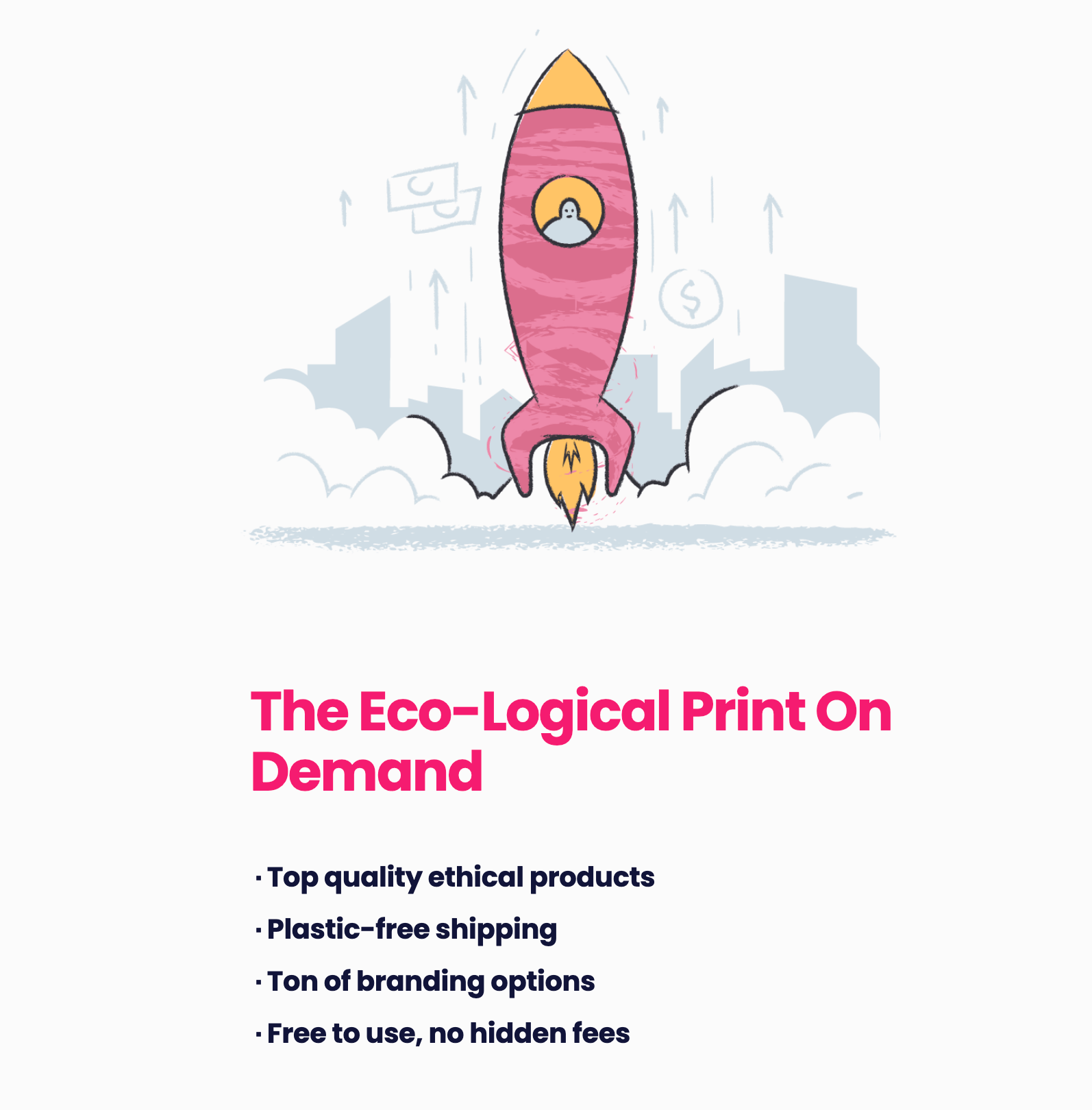
5. Gelato
Gelato is a truly global company with over 100 partners in 30 countries. They deliver products to over 200 countries. This makes their 72 hour turnaround time even more impressive.
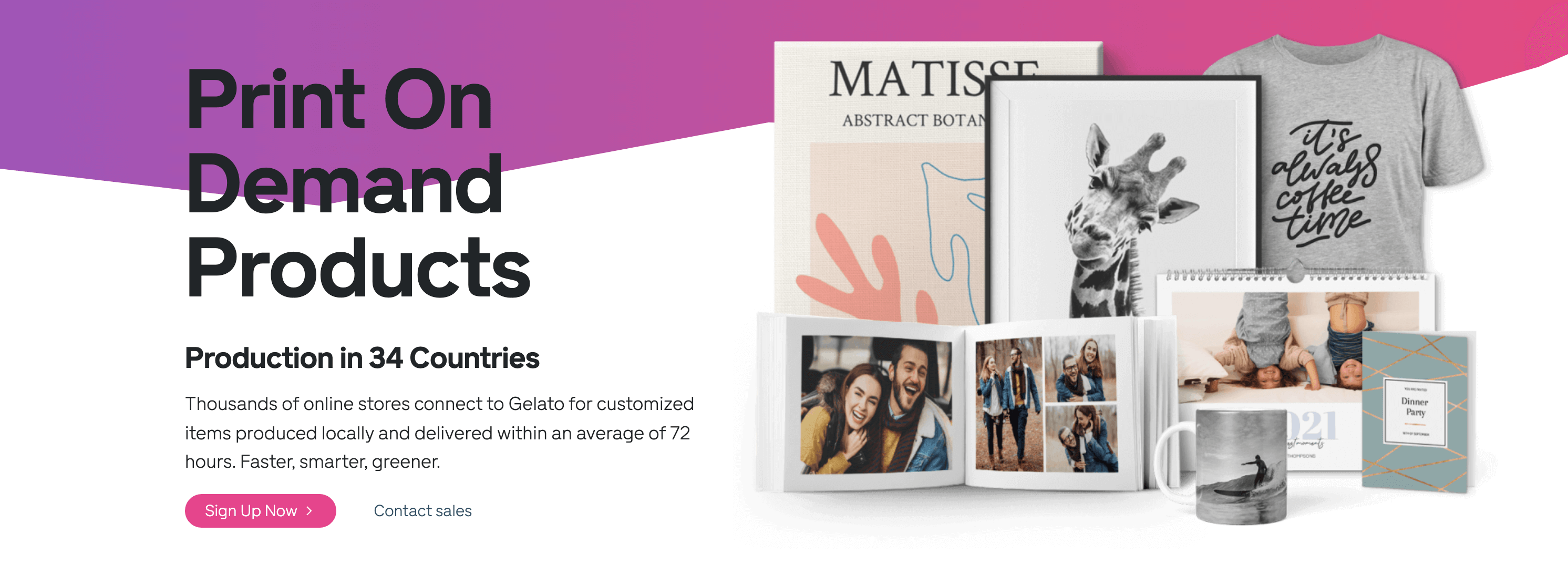
6. Gooten
Gooten is a great choice if variety of products is your priority. They offer everything from T-shirts to dog beds. They use several vendors and dropshippers from across the globe to achieve this variety. This makes the product quality inconsistent, but it also keeps the prices low.
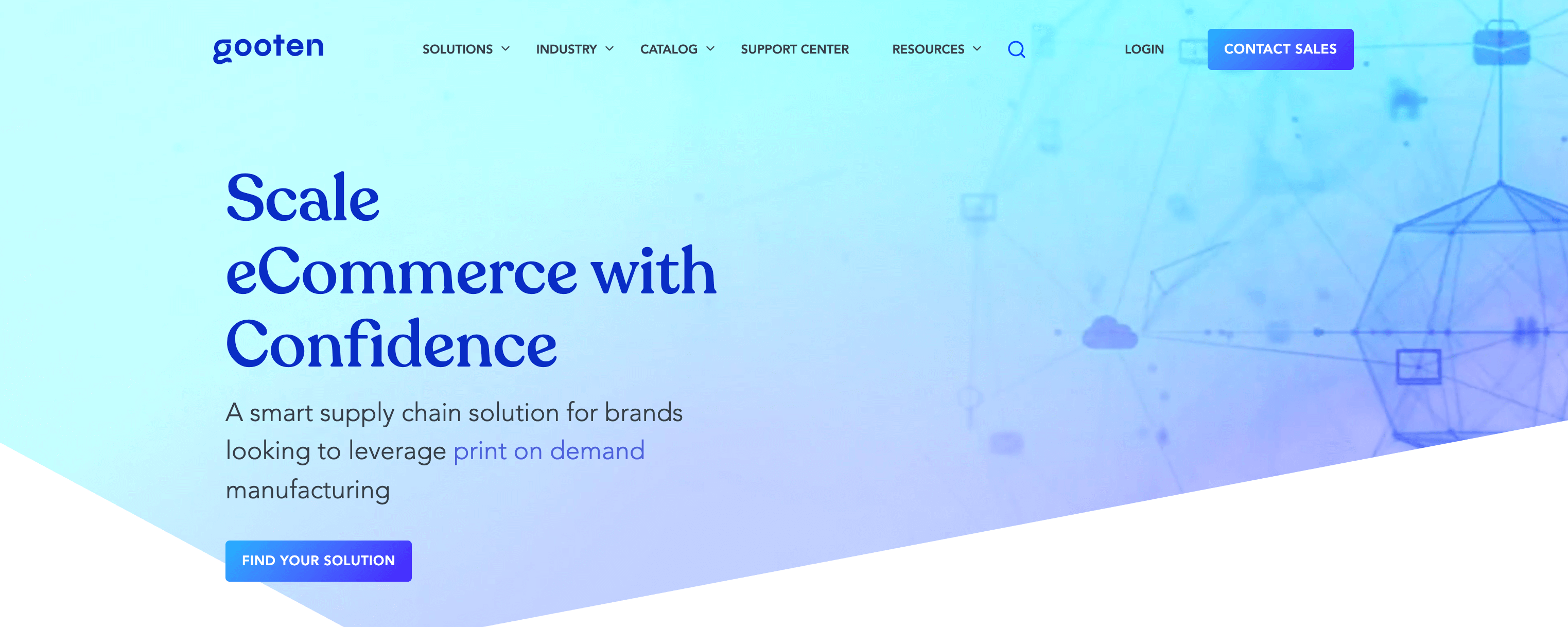
7. Teelaunch
Teelaunch has a wide selection of products and printing method options. They allow users to sell their products directly on Etsy and Amazon and are one of the print on demand providers that provide item personalization for customers.

8. Redbubble
Redbubble is a popular provider and marketplace. They offer 70 products and an international customer base.
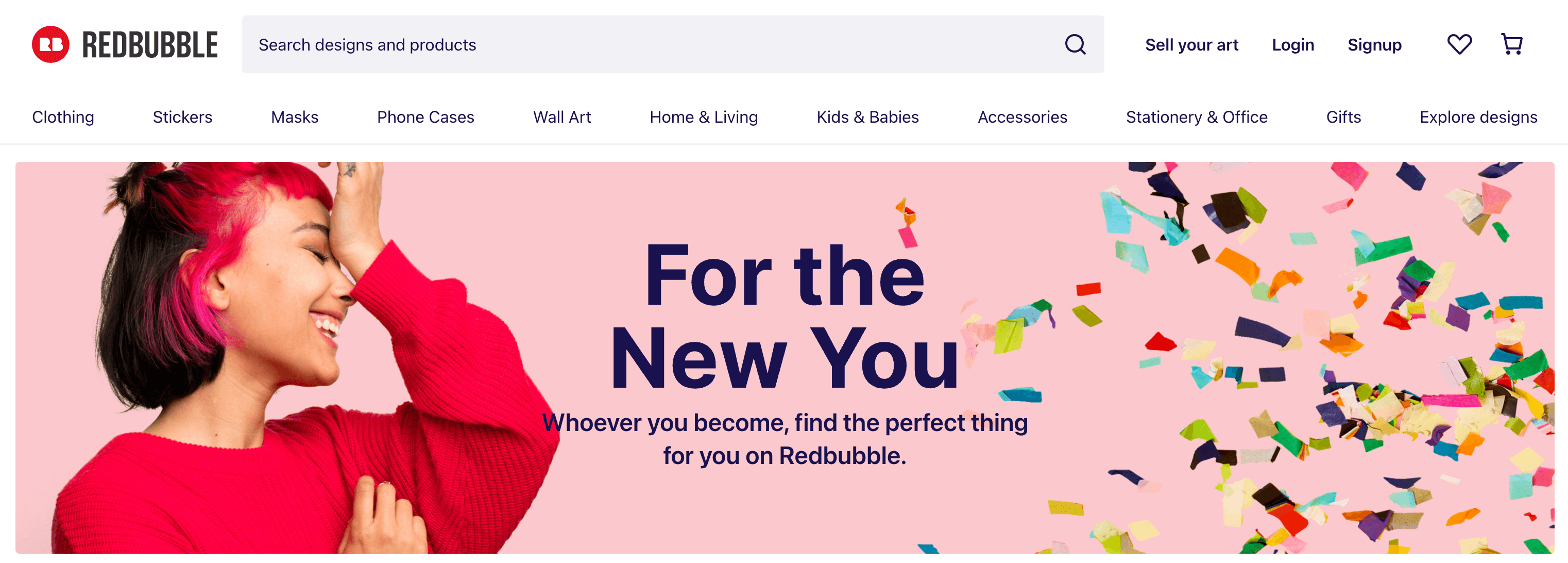
9. Zazzle
Zazzle’s marketplace draws 30 million visitors per month and offers more than 1300 products. It stands apart from other marketplaces for its range of customization options.
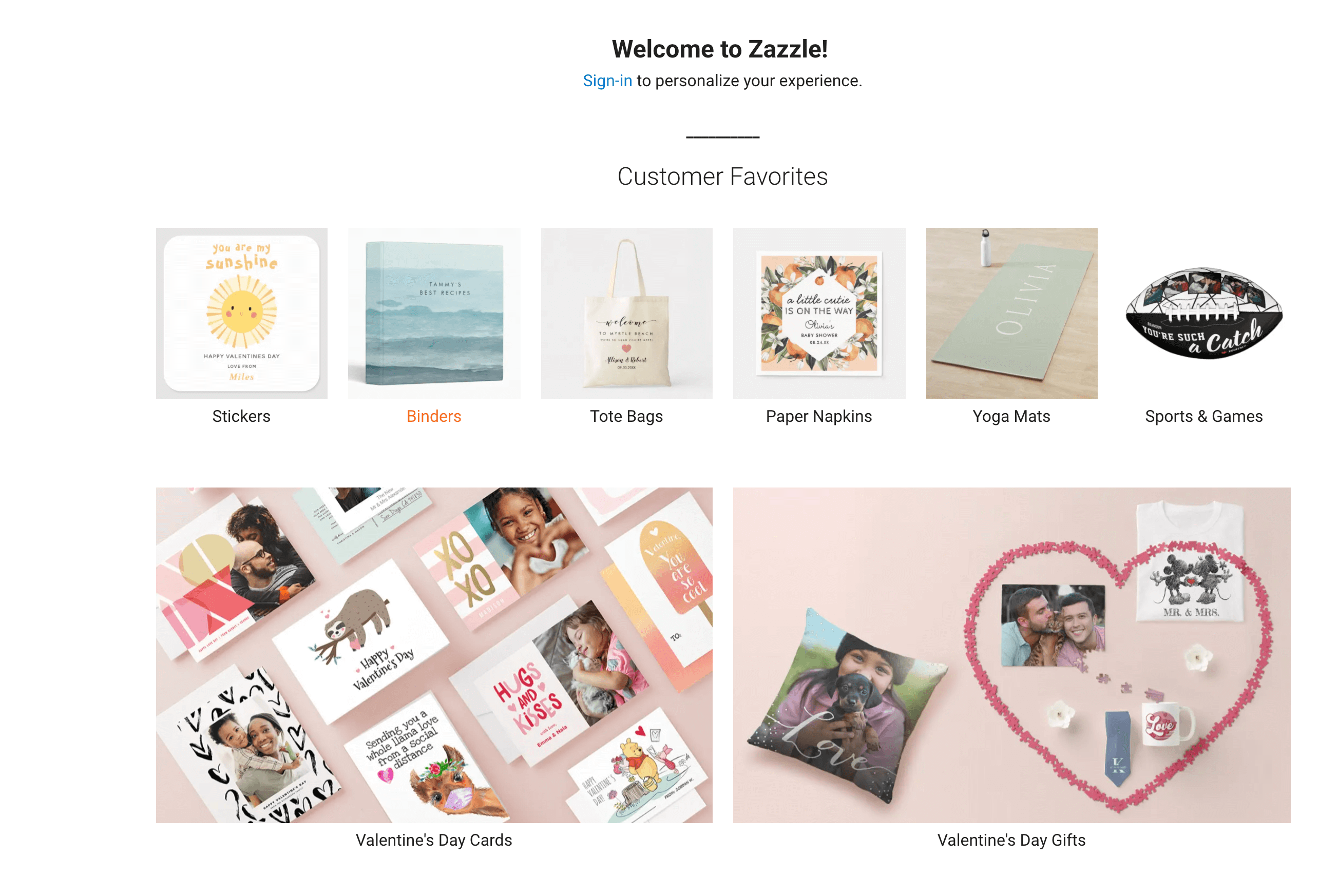
10. Society6
Society6 emphasizes the art and the artist more than most print on demand marketplaces. Their product offerings, including several wall art options, fit their artsy image.
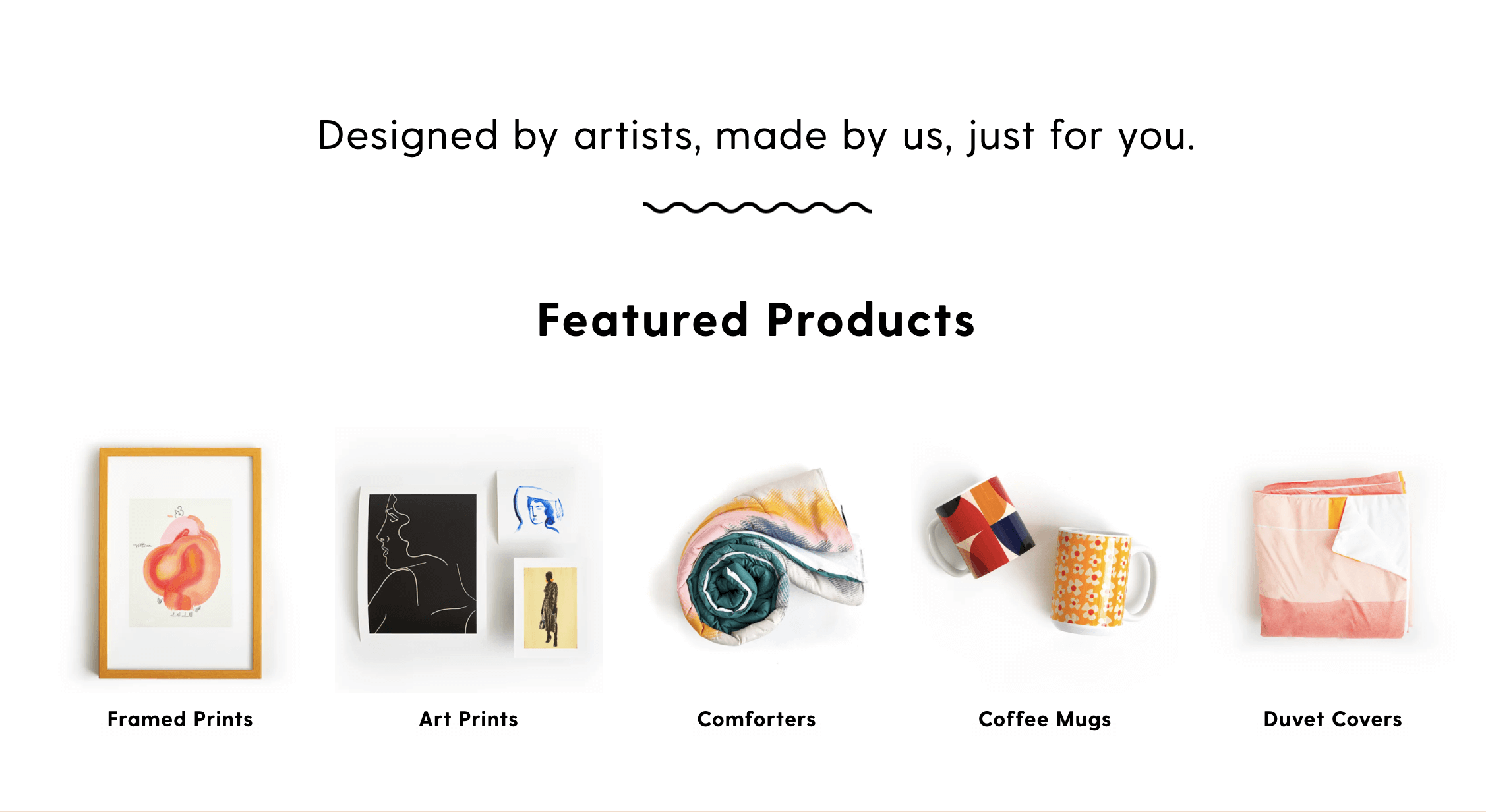
Factors in Choosing a Print on Demand Supplier
Choosing a print provider doesn’t have to be hard, but consider the following before you commit to one:
- Print quality
- Shipping times
- Product costs and shipping costs
- Customization and printing options
- Integrations with other platform

Collaborating With Designers
You don’t have to be a designer yourself to sell products with custom designs. If graphic design is your passion, you can go ahead and ignore this. If you need to hire someone else, follow these best practices for clearly communicating what you want.
- Tell them who your audience is
- Give actionable feedback every step of the way
- Provide references and examples of what you’re looking for

Finding Design Inspiration
Whether you’re creating designs yourself or collaborating with a designer, you’ll need to do some brainstorming. Looking for inspiration on Pinterest, forums, or whatever other sites your target audience uses is a great place to start. That way you can see what styles and messaging your audience enjoys. That doesn’t mean copy anything directly, though. You can also use these social media networks to get feedback on works in progress.

Tips for Starting a Print on Demand Business
1. Order Samples of Every Product
Before you start selling a new product, order a sample to assure the quality. Experiencing firsthand how the product looks and feels ensures that you’re proud of what you’re selling.
2. Develop a Shipping Strategy
Just because you won’t be physically shipping the products to your customers doesn’t mean you can forget about it. Choosing a provider with fast shipping times and low costs is the first step. When you advertise shipping times to your customers, be sure to add two to four business days to account for printing, depending on your provider’s timeline.
It’s smart to absorb shipping costs into your retail price as much as you can. Customers are often put off by shipping costs added on at the end. If you can’t offer free shipping outright, you could offer conditional free shipping if they spend more than a certain amount.
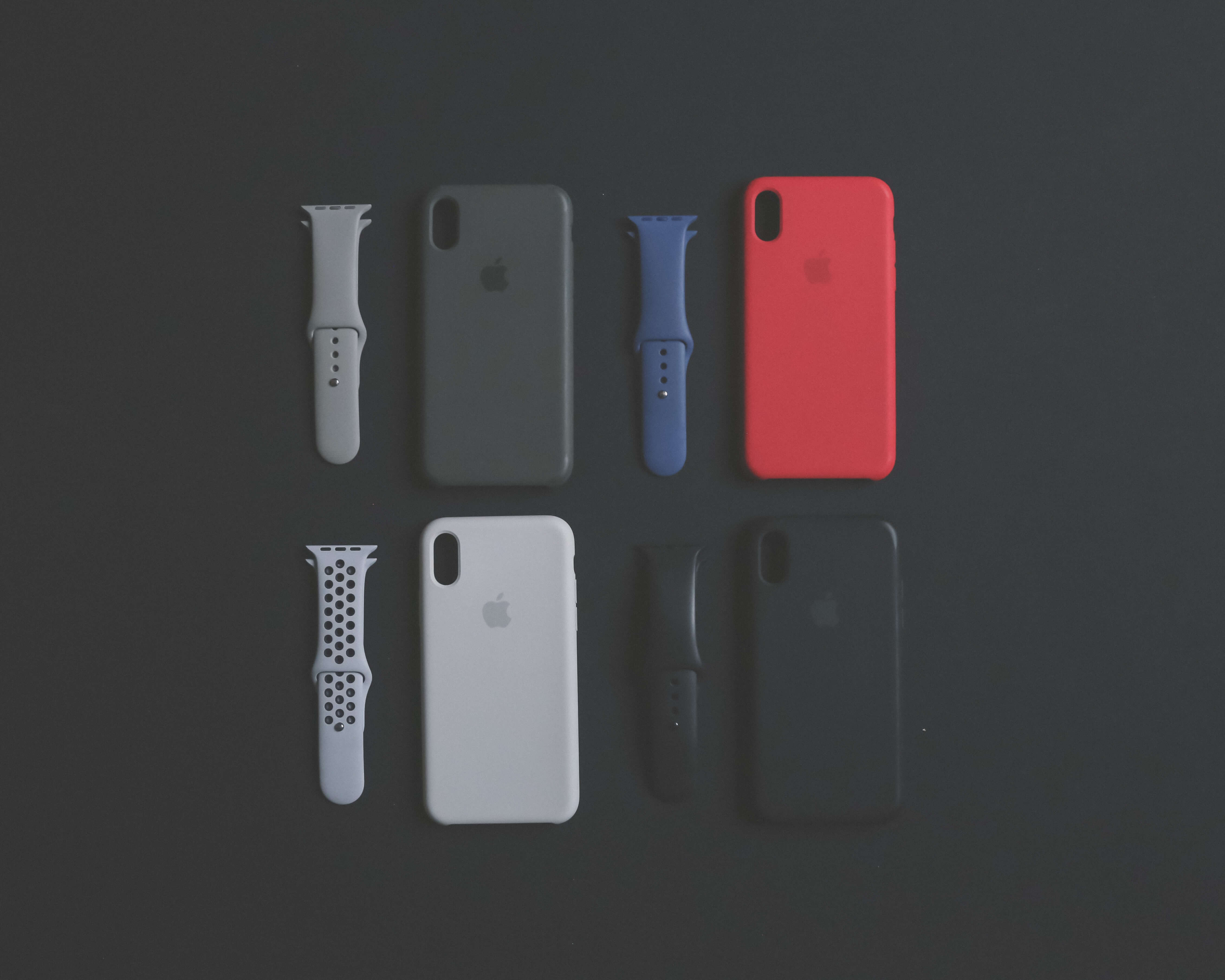
3. Create Mockups
If you don’t have the time and resources to take photos modeling your product, mockups are an effective alternative. Many print on demand providers have their own mockup generators, but if yours doesn’t, you can easily find mockup templates elsewhere.
4. Know Your Audience
A clearly defined niche is an asset for print on demand businesses. You don’t have to go as niche as those Facebook ad T-shirts that say stuff like “My husband is a truck driver who was born in January and he will destroy you,” but having a clearly defined audience means lower advertising costs and higher profit margins.

5. Create Your Own Online Store
Many people exclusively sell their print on demand products on the platform shop. Others use Etsy or Amazon to sell theirs. Those are all fine choices for getting your products in front of more eyes, but creating your own branded website for your store has benefits for growing your business.
Your own website gives you more control of the look and user experience of your storefront than marketplaces do. It also makes it easier to stay connected to customers that are loyal to your brand and not the marketplace where you sell it. Email lists, social media profiles, and remarketing campaigns all need to lead back to a website.
6. Grow and Adapt
The print on demand model is known for its flexibility. That makes it easy to adapt your business based on what works and what doesn’t. If a product doesn’t sell well, it’s easy to stop selling it. Introducing a new product is low-risk. This flexibility gives businesses the opportunity to try new things and become the best they can be.

How Sav Can Help
Here at Sav, we’re dedicated to helping creators elevate their passion online. That starts with your own beautiful website. No matter what you sell, which supplier you choose, or who your audience is, we make it easy to build and manage your website. Find out how today!
Newsletter
Popular
Top Articles
Recommended articles
How to Make a Media Kit
What is a Media Kit? A media kit, also known as a press kit, is a document that businesses give to journalists and media outlets before an...
Read moreWhat is Brand Voice? [And How to Create One]
What is Brand Voice? A brand voice is the unique personality a brand takes on in all of its communication channels. And it’s not just about...
Read moreA Beginner's Guide to the Product Development Process
What is Product Development? Product development is the process of creating a new product or updating an existing product from idea to...
Read more
